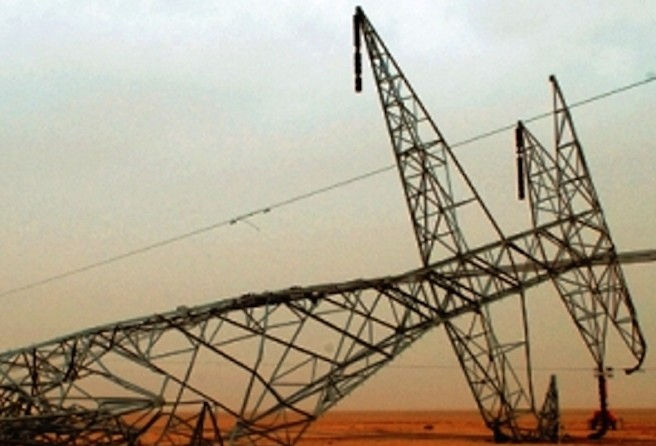EmergencyReady™ Communities
- ER.S Staff
- Mar 15, 2018
- 2 min read

Strength in Numbers
In the event of a widespread disaster, official first responders are likely to be overwhelmed with emergencies at multiple levels and locations. Maybe for days. Maybe for weeks.
Vital infrastructure can be disabled for months.
History tells us that the best, and maybe only, help in such a calamity will come from those around you – your family, neighbors and friends. Local agencies have emergency protocols in place to address this eventuality but they are often woefully undermanned and will be required to prioritize their response in ways that may leave your community in distress for an extended period. Depending on the crisis, basic services such as emergency medical, power, water, communications and key support functions will be available only to the extent that you can provide on your own.
Organized at the neighborhood level, EmergencyReady™ Communities are comprised of residents and their families that inhabit a block or neighborhood and share a joint mission to aid one another in the event of a common calamity.
Recruiting meetings are held at the home of a community organizer or neighborhood common area with the intent of informing the residents as well as identifying resources and skills that can be used in a disaster response condition.
At this neighborhood preparedness meeting, people will:
Discover the Emergency Preparedness tools and resources available in their locale;
Learn the various types of Emergencies and how best to prepare for each;
Learn the Recovery Time Horizon that is likely to accompany a particular event;
Assess current levels of preparedness and compare with neighbors and others;
Learn the Steps to Take Immediately Following a Disaster;
Identify the items needed for a ‘Gear Up’ Kit.
Locate a Neighborhood Gathering Site;
Locate a ‘First-Care’ Center in the neighborhood;
Locate a Clean Water Station for the neighborhood;
Identify the skills and equipment each neighbor has that are useful in an effective and timely disaster response
Create a list of neighbors showing:
each family and their pets
each neighbor with special needs, including elderly, those with disability, and children.
Each resident can then be provided with a number of tools for ready reference:
Neighborhood Gathering Locations and Skills List
Neighborhood Contact List
EmergencyReady™ Handbook
Emphasis is placed on self-reliance but an important aspect of the neighborhood organization is the connection to the local emergency response system managed by the authorized agencies. Understanding the means and methods of these emergency responders using the universal Incident Command System (ICS) strengthens the overall fabric of the community and helps both the civilian and official responders.
Community Emergency Response Teams (CERT) are volunteer community members trained in disaster response who supplement and support the professional responders in an overwhelming destructive event. Emergency radio and communications ability is another function that can be aided by operators at the neighborhood level. Identifying individuals in the community group with HAM radio capability is highly useful in creating information hubs and network to use when the conventional cell and broadcast systems are down. The local Citizen Corps is a good place to go to understand the resources in place for neighborhood collaboration.
For information or to learn how to organize an EmergencyReady™ Community of your own, contact us at: info@emergencyready.solutions
























Comments